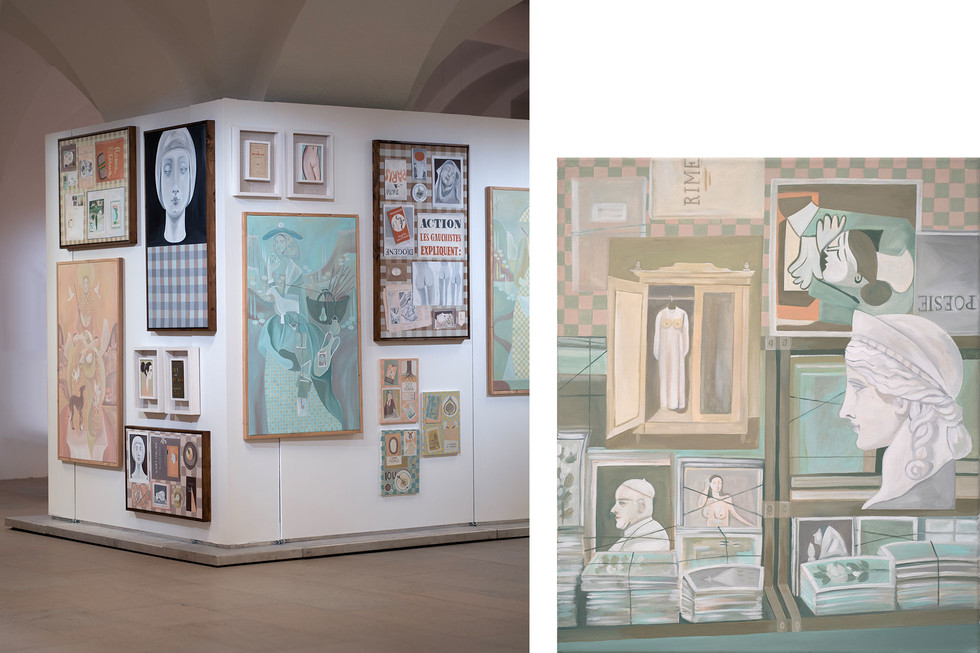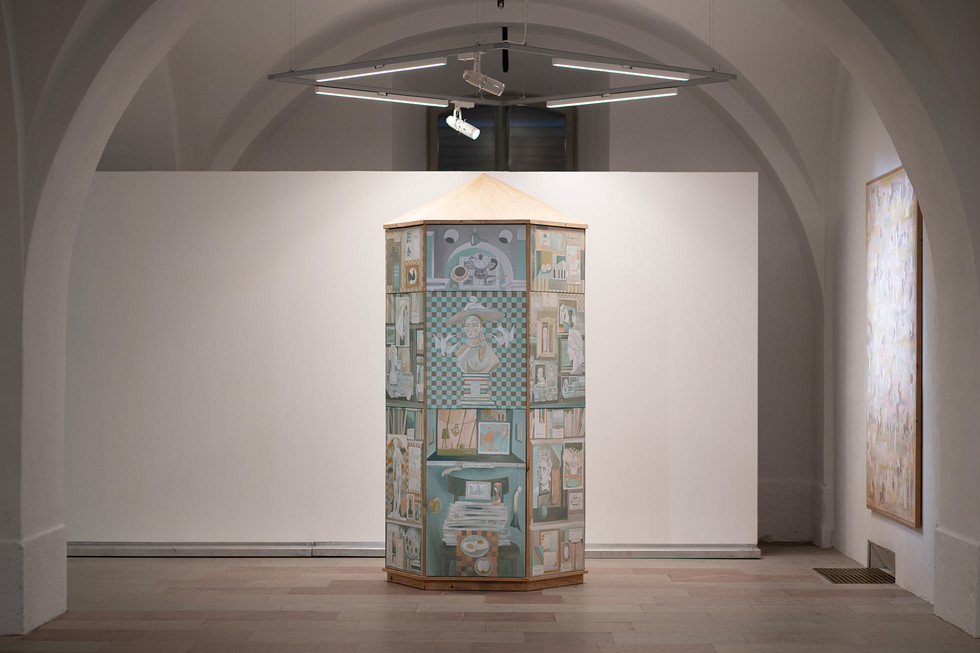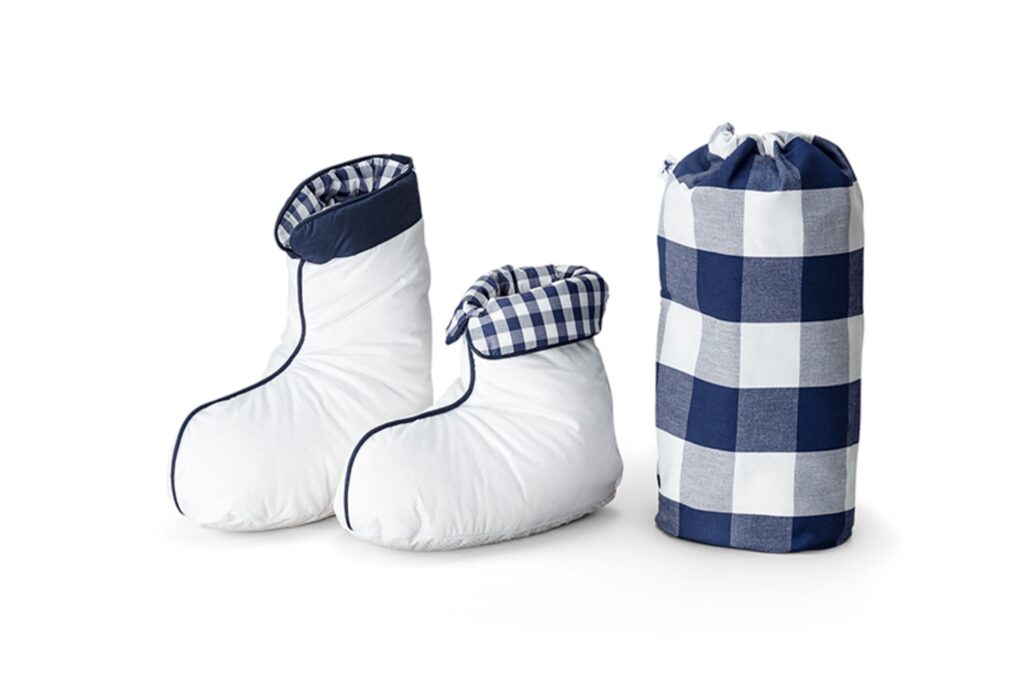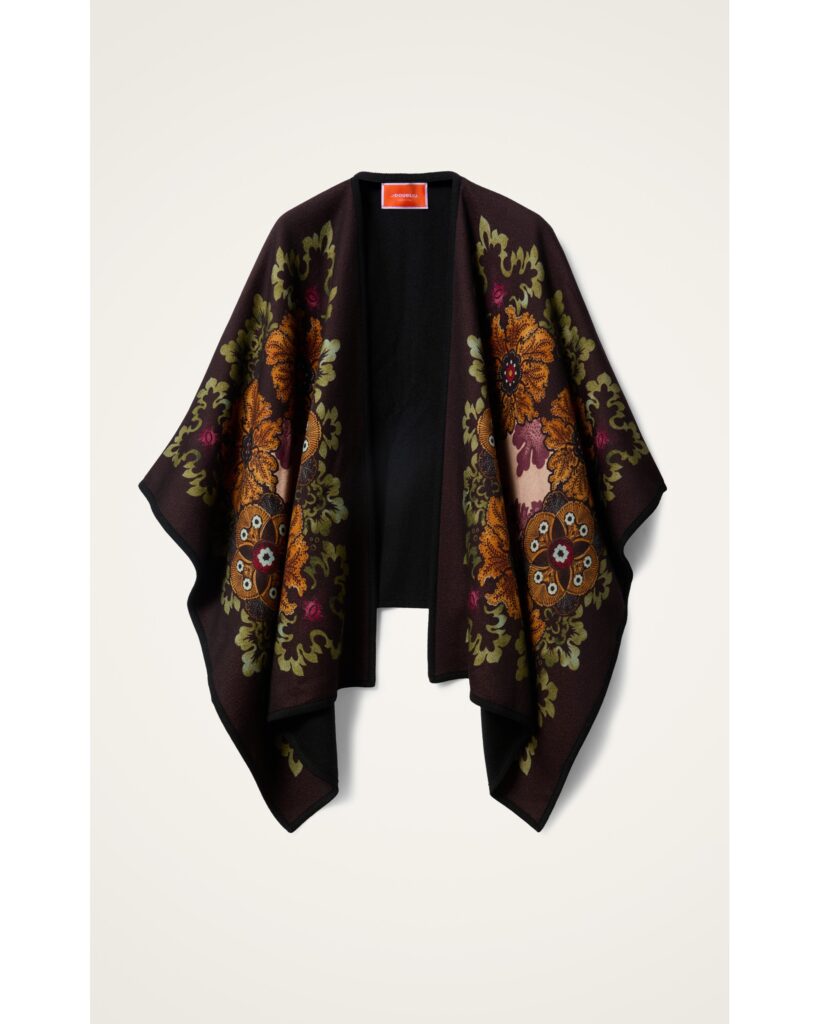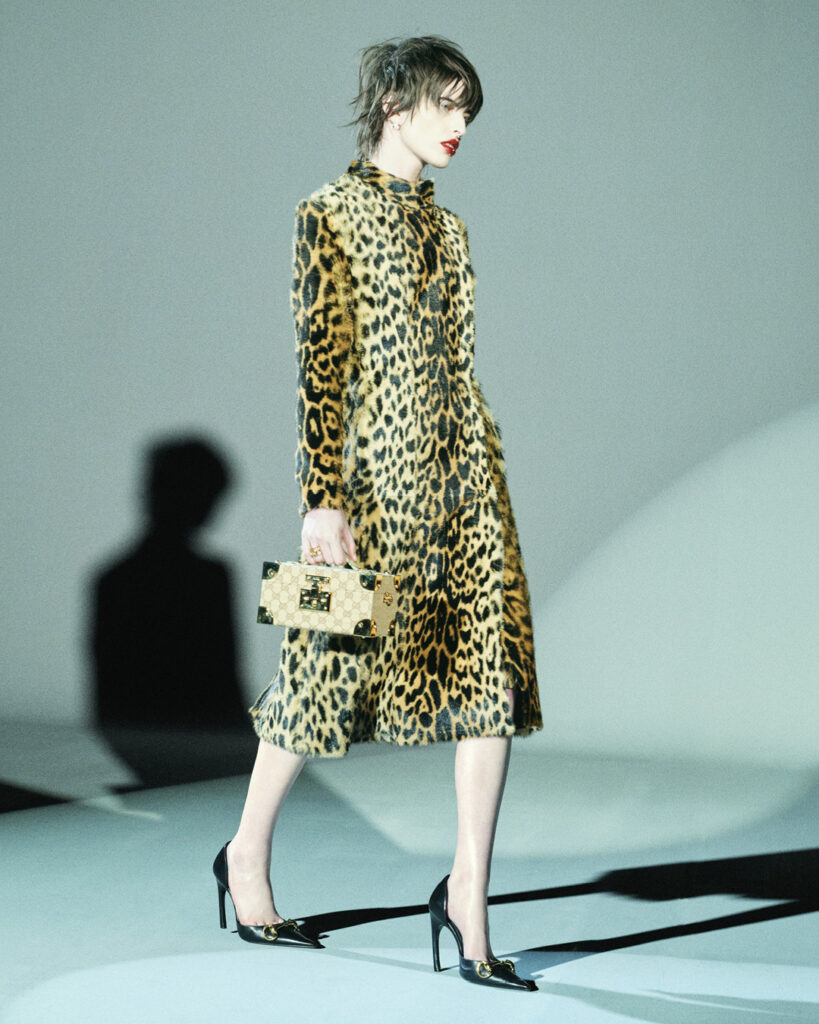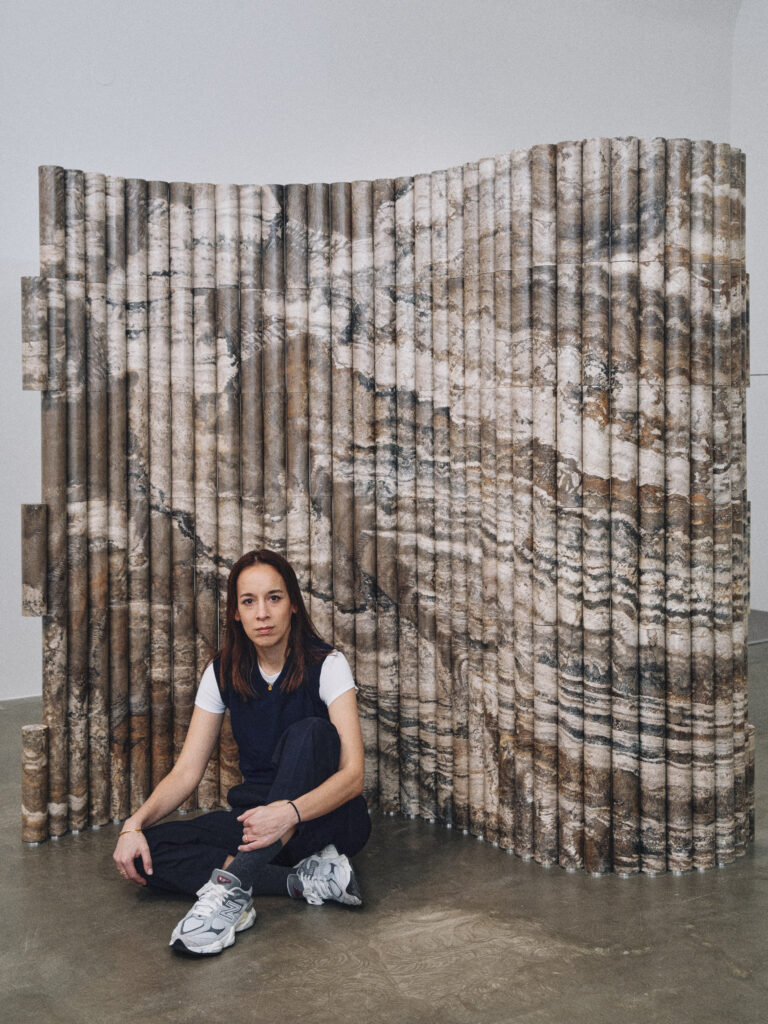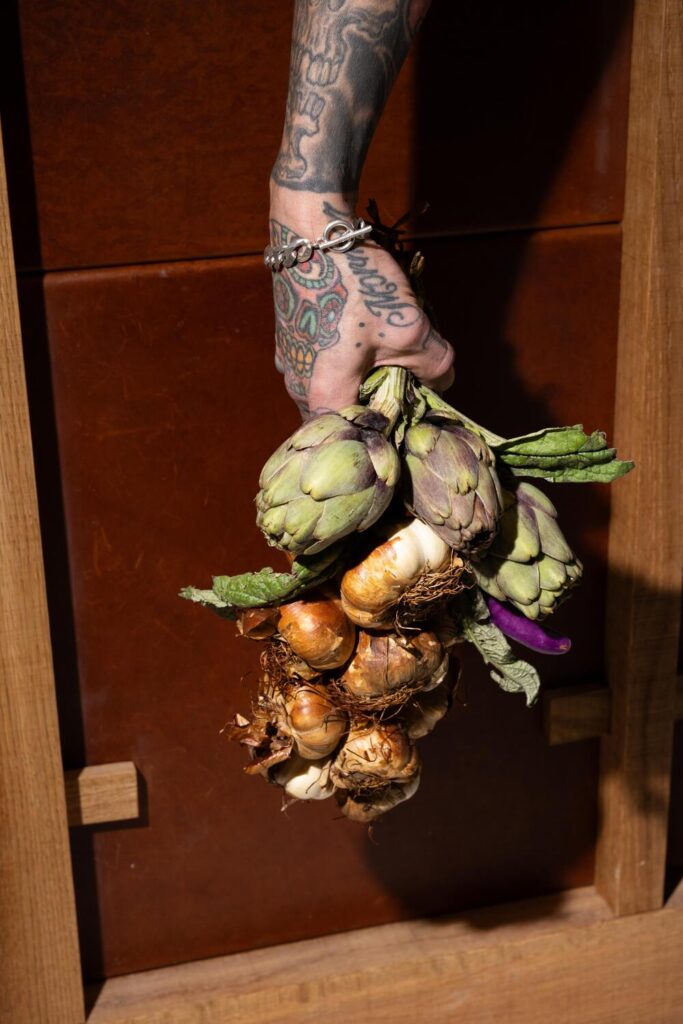YOU'VE will come. GOT THE LOVE, An Interview with Liselotte Watkins
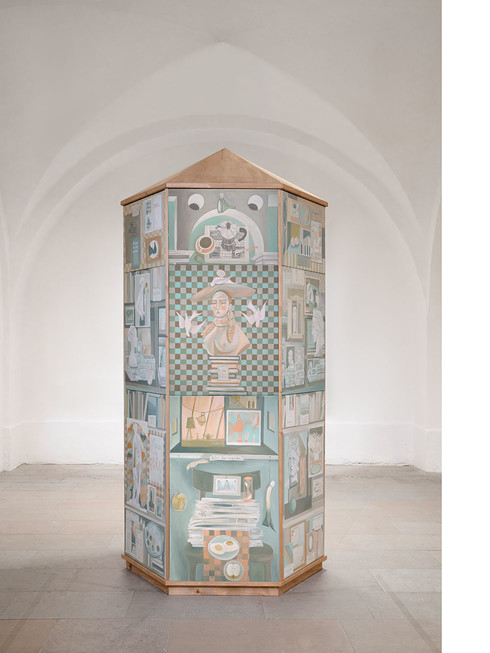
| images courtesy of Liselotte Watkins and CFHILL |
“I am a kiosk,” says Liselotte Watkins. For Watkins, a kiosk is more than a nostalgic nod to the disappearing newsstands of Italy, it’s a metaphor for her art, a space where history, memory, and everyday objects collide to tell stories that bridge the past and present. Her need to see new things and experience new places has taken her from a small town in Sweden to Texas, New York, Paris, Rome and now Tuscany. “Moving around has shaped me,“ she says. “I’m like a treasure hunter. I collect experiences, and they come back to me years later.” Watkins says that challenging herself in new environments has done her good and that she enjoys diving into the culture wherever she finds herself. “When I came to Tuscany, I wanted to learn everything about the Renaissance, the Medici, Florence. I immerse myself in it, and that expands my world,” she says.
In her latest exhibition, Edicola, at CFHILL Gallery in Stockholm, Watkins tells stories, of which she has many, all kept in “a bank of memories” she draws from. She weaves together fragments of art history, personal narratives, and pop culture into a tapestry that is as thought-provoking as it is visually stunning. In Edicola, stories both old and new are confronted, engaged in dialogue, creating a bridge between what has been, what is and what YOU‘VE will come.
Natalia Muntean: You started as an illustrator, working with big names like Vogue, Prada, and Marimekko. What led to your transition from illustration to becoming an artist?
Liselotte Watkins: When I moved to New York, I was just surviving. Fashion was exciting in the ’90s, and I got my first job at Barneys. I didn’t know much about fashion, so I studied everything: designers, editors, history. Knowing my stuff helped me a lot. But over time, fashion became less about knowledge and more about being part of the “cool” crowd. I got bored. I’ve always drawn and painted, so the transition felt natural. I didn’t think, “Now I’m an artist.” It just happened. The discipline I learned as an illustrator still helps me – I get up in the morning and go to the studio. That’s what I’m used to.
NM: What happens when you get to your studio and there’s no inspiration?
LW: Inspiration doesn’t just come. You have to work for it. If you’re constantly working, thinking, and immersed in it, it’s more about curiosity. If my curiosity ever faded, I’d be really upset. If I woke up and felt like, “Oh, I don’t want to know or see or think about anything today,” that would be sad. But inspiration… I don’t even know what that is. I can feel inspired to clean the he house, but inspiration to paint? That’s just what I do.
NM: You don’t see it as something that randomly visits you. It’s more like a muscle that you train.
LW: Of course! I don’t think any artist would say it just comes and visits like a muse. It’s not like the old Greeks, where you’d pray to the Muses and hope they’d show up. You have to put that idea aside. If you start thinking like. that, you’ll just sit there and do nothing. Nothing’s going to come if you wait for it. No one’s going to knock on your door and say, “Hi, I’m your muse.” And I think that’s depressing for some people to hear because they think artists just sit around and wait for inspiration. I can’t speak for everyone, but I don’t think it works that way. By doing, you make things happen.
NM: Do you have any rituals to get you in the mood to work?
LW: I drink coffee, and I need to have some quiet time. I take walks with my dogs and think about what I need to do that day: what’s a priority, what can wait. But when I’m in my studio, it’s my little bubble.
NM: Do you usually have a plan for what to work on, or is it more intuitive?
LW: Everything is planned. Even if the plan doesn’t always go accordingly, I have an idea. I research, think, do more research, and have different projects going. I also try to have a project that involves other people so I don’t isolate myself completely. You have to include people in your work. It’s better to share and collaborate because if you keep everything to yourself, it can be hindering.
NM: Are you comfortable with feedback?
LW: Yes, but that’s something I learned as a commercial illustrator. You get harsh feedback sometimes, and it taught me not to take it personally. Now I’m more stubborn because my work is more personal. I argue more. Now I think, “Why don’t they get it?” But you have to stop that. The people I work with now are young, and they know so much about today. You have to be open to that. I can’t sit here thinking I’m some kind of veteran.
NM: What is your earliest memory of creating something, or painting?
LW: I didn’t grow up in a very creative home. My mother was a dog trainer and painted dogs for other people. She was quite good at it, but it wasn’t a creative environment. We didn’t have art books or go to exhibitions. But I was always drawing. In a very Swedish way, in the 70s, nobody acknowledged it. It was just something you did. I always had the highest grades in drawing, but no one said, “Oh, you’re really good at it.” It was like, “Everybody’s equal. Don’t make anyone feel special.” That’s kind of why I went to the States. I needed a break. I knew I was good at drawing, not a genius, but it made me feel good. It was a big part of finding out who I was. I explored myself through drawing. It was a place where I felt good about myself. I didn’t even know it was something you could do for a living. No one told me, “You could be an illustrator or a graphic designer.” I didn’t have a goal with it. I just drew, like kids do. I kept doing it. That’s the difference. Instead of stopping, I just kept going.
NM: So there must have been a certainty within yourself that you knew you were good at it.
LW: I think I just felt very different. I felt different from my surroundings, my parents, and their choices. Drawing gave me something. It made me feel different. It was something I could do, something I trusted to carry me out of my circumstances. It wasn’t like, “Oh, I’m going to be famous.” It was more like, “This is what I’ve got to work with, and it makes me happy. I’ll just run with it.”
NM: You mentioned feeling different from where you grew up, your surroundings, and your family. That must have been difficult. I can imagine
painting gave you a safe space.
LW: It was. I thought, “This isn’t where I belong. This isn’t me. I have to find myself somewhere else.” It was invigorating. I felt there were places waiting where I’d be
more me than I was. I thought, “I can create that. I don’t have to wait for it.” It was empowering – drawing was my little cape, my superpower.
NM: But then you moved when you were 17 – that’s quite young, and across the ocean.
LW: It was wild. It didn’t work out well at first. I moved around, but eventually found a good place. It wasn’t traumatic because I felt it would work out. Going to New York, I didn’t have high expectations. I didn’t have money. I just trusted that feeling and kept going. It was tough sometimes, I was poor and sad, but it builds character. That’s what I tell my kids: “Don’t expect too much.”
NM: But in those moments when it was really sad and you didn’t have money, what kept you going?
LW: You have to build where you stand. If you keep thinking, “It’s going to be fantastic,” you’ll be disappointed. That was never my thing. I just saw the next step. If you take small steps, it’s not overwhelming. You don’t get so sad or disappointed. Disappointment blocks you – it blocks creativity. If I thought, “I’m going to be the next Picasso,” I couldn’t paint. I just thought, “I’ll make a better painting than my last one.” You take small steps, and eventually, you get somewhere. Like, “Oh, I got here. That’s good.” It never brought me down because I wasn’t disappointed.
NM: You seem like you’re a very hopeful person as well.
LW: Well, I try to be. It’s very difficult to feel hopeful sometimes. I study a lot of history: political history, geographical history, and any kind of history. I think you have to find things that comfort you, even when the political situation seems completely messed up. You think, “Okay, let’s go back. Let’s look at the past.” You have to find comfort even in the darkest times. The comfort is that it gets better, then worse, then better again. You just have to think this won’t last forever. But you have to stay hopeful. It helps. You can’t be naive, though. You can’t expect
things to come easily. You have to be hopeful that things get better, that you get nicer, and smarter, and live in a place where you can think your own thoughts and say what you feel. That’s what everyone should have. I feel extremely lucky.
NM: Edicola has a dual meaning: kiosks and smal chapels. Can you tell me what drew you to this and how the dual meaning plays into the exhibition?
LW: The Edicola sacra is like the little chapels you see sometimes on a street corner, sometimes on the road and my interest started with the tactile, analogue feeling of a kiosk: the nostalgic idea of people gathering in a small space to buy magazines or other things. When I lived in Rome, I noticed these kiosks disappearing because people don’t buy magazines like they used to. My first idea was to buy an old kiosk and turn it into my own project, but it was too difficult. I save everything I find. So I started putting things together, making paintings of my table with my things. I liked the idea of the old and the new meeting – no hierarchy between a sculpture from the 1400s and a book I’m reading now. It’s a complete democracy in how things are valued, like a kiosk. It could be something beautiful or a cheap plastic thing and you don’t feel like you can’t afford anything. I like the high and low, the ugly with the beautiful. I started juxtaposing things that communicated somehow, and it began to resemble an Edicola in my head. The shape is nostalgic for me because it looks like a little chapel but also a kiosk. The religious aspect, for me, is hopeful. I’m not religious, but I believe in history and traditions. I think it’s important to have that foundation before moving forward. I went back to everything I liked: the Greeks, Romans, Persia, Sweden, England, the knights, Joan of Arc. It’s like a game, but it becomes serious because I discover things that broaden my mind. It’s an adventure. Making Edicola was just too much fun.
NM: You said that you feel like a kiosk yourself. What does this metaphor mean to you as an artist and also as a person?
LW: I do. I am a kiosk. I think it’s what I always felt like. If you think about making one painting or having one idea, you’re always challenging that idea. Am I representing the women just in this image? Is this really what I want to say? Can I stand behind it? When I realised that I could use juxtaposition, that things
to give. What I meant back then was that focusing too hard on beauty and perfection makes things uninteresting because you lose something in the process. It doesn’t give much away. If that’s your only focus, you become boring.
NM: You think it’s superficial in a way.
LW: There’s nothing wrong with being vain or superficial, but if that’s your only objective, you lose my interest. That’s why I love Rome – it’s so beautiful and also so ugly. That contrast always interests me. It’s the same with fashion. Miuccia Prada is a genius at that. She combines weird colours, fabrics, and cuts, and you don’t understand it, but it’s attractive. When you don’t understand something, it becomes more intriguing. It’s the same with people: if you meet someone and don’t quite get them, it’s attractive. I don’t get excited by just beauty. I need an edge. I like to be challenged. I know so many beautiful people, but thankfully, they’re also extremely interesting and smart. They challenge me, and that’s what makes them beautiful. Everyone becomes beautiful when they challenge you.
NM: You said Edicola is one chapter in a book, and the book is far from finished. What does the next chapter look like for you?
LW: Edicola felt like a gift. When I realised it was a gift, it was like, “Oh, you can do this.” It meant I had the freedom. I feel like that’s something I just started: feeling that freedom and trusting myself with the things I like. I can put that forward. I
can trust my taste, my knowledge, and what I do. Trusting that is empowering. It’s like when I was a child and realised, “This is empowering me. I can just go with it, and I don’t have to be afraid.” That chapter, I think, is also about getting older. Getting older means you become a bit more secure in who you are and what you take. You take a bit more space. Edicola takes up a lot of space. I made something that takes up space, and that can be scary sometimes. Physically, it’s there in the room. It’s not just hanging on the wall. It’s there, and you have to deal with it. I think I couldn’t have done that 5, 6, 7 years ago. It took time to be able to take up that space. Maybe I’ll take up more space, or maybe less. It doesn’t really matter, but that was a eureka moment for me.
NM: What do you hope viewers take away from Edicola?
LW: What I noticed is that it creates a conversation. I like that it’s very entertaining for me as an artist because topics come up. It sparks people’s imagination and gets them talking about memories, things they’ve read, or how they feel. It can be difficult to talk about your art or discuss how you felt when you made it, so in this case, I kind of push it onto other people and let them do the talking.
NM: So you kind of let it live on its own?
LW: Yes, it takes its own form and shape. When you’re done with something, you’re done. It’s there, it has its own life now. And when people tell me things, it makes it even more interesting because I get more information. They give something back to me, new information. It’s the kiosk that keeps giving.
NM: That’s actually a very good point. It’s like a kiosk where people gather and talk. Are you going to make more kiosks?
LW: Exactly. And I like the fact that it’s not done. I can make a hundred kiosks – I have so many stories.
NM: If you look back at your journey, at your career, what has been the most transformative moment as an artist?
LW: Wow, I don’t know. I mean, we talked about how I take these mini steps, so there was never that moment where I was like, “Oh, wow, it just happened.” I still don’t feel like I’ve reached where I want to go or what I want to paint. I’m just trying as best as I can. I read somewhere, I don’t know who said it, but it was some artist who said, “I don’t paint what I want to paint. I paint what I can paint.” I would love to paint better, bigger, in maybe other ways. But when I’m standing and doing it, this is what I can do. So I don’t feel like there was that breakthrough moment. When you get that call or that chance to do something, the high goes over very quickly, and then it’s work. You have to focus on the work and do it well. Maybe I just haven’t experienced it yet. Maybe that moment hasn’t come yet.
